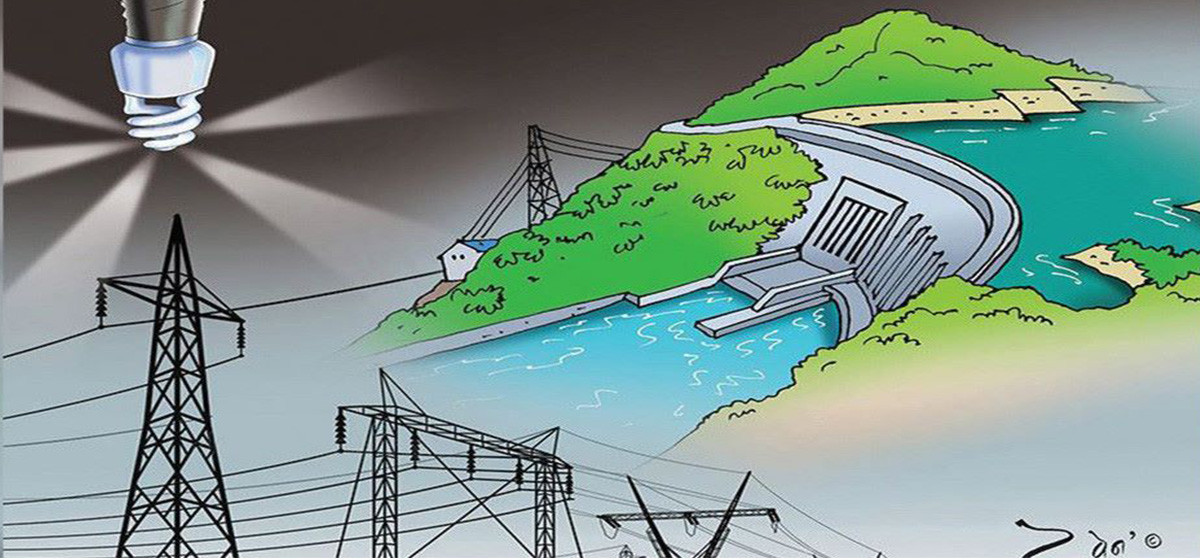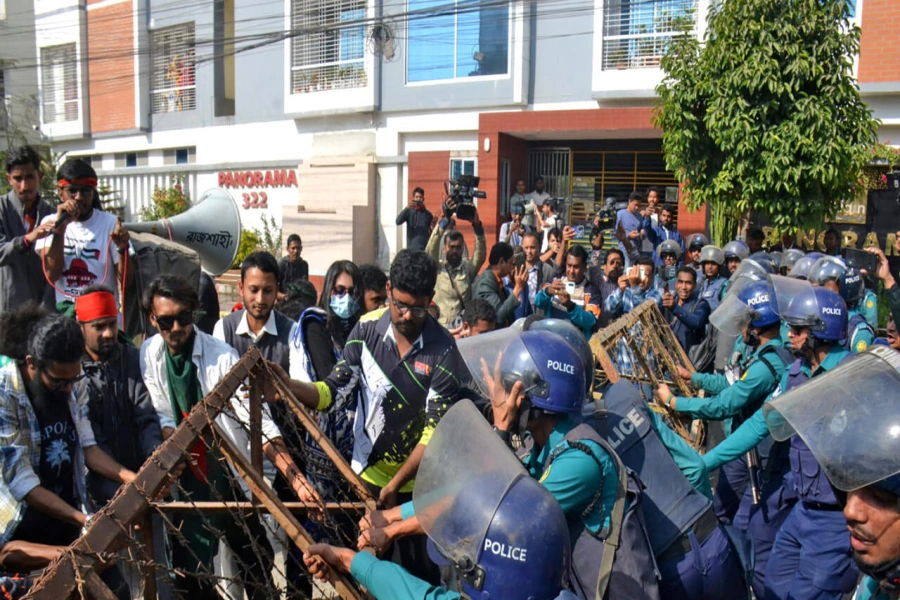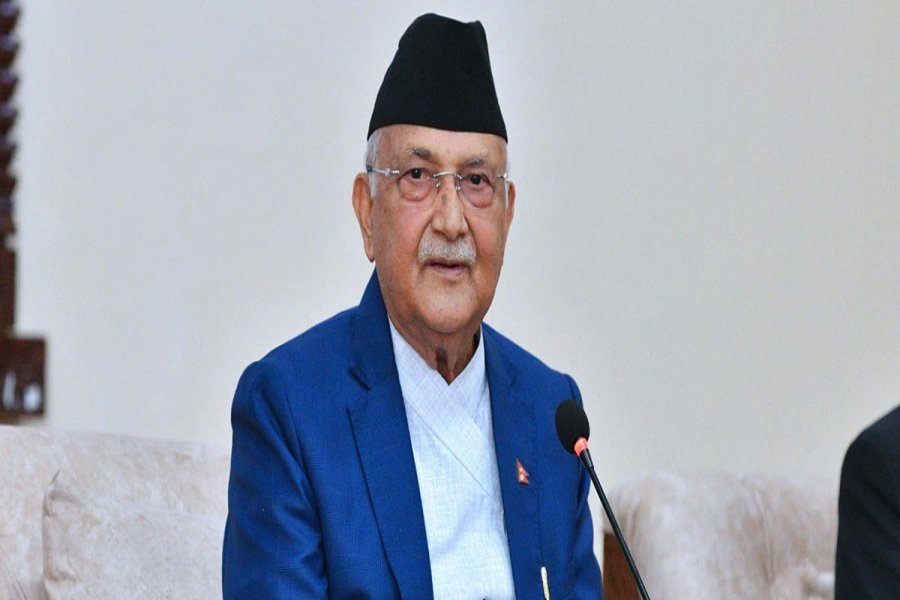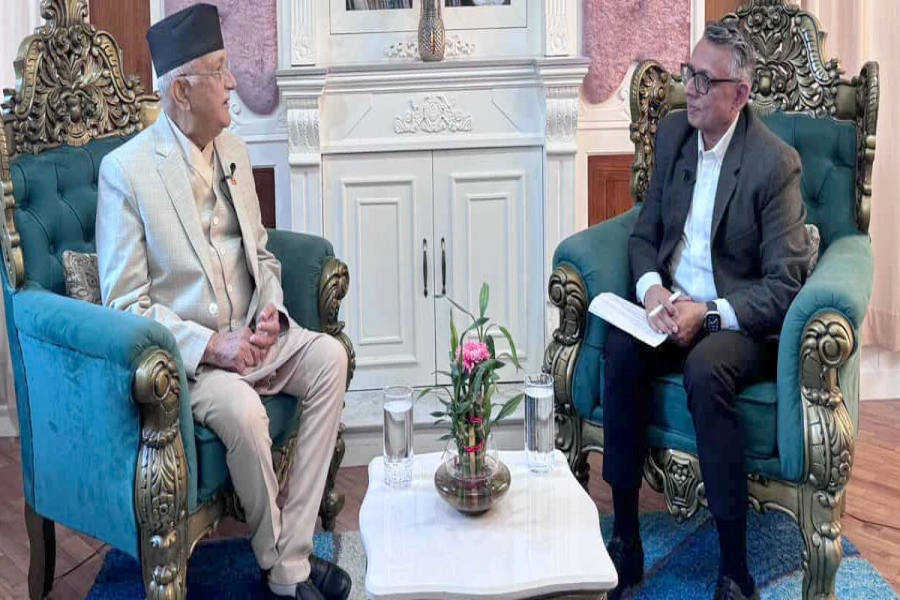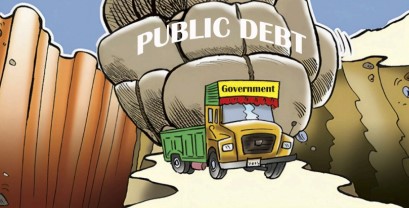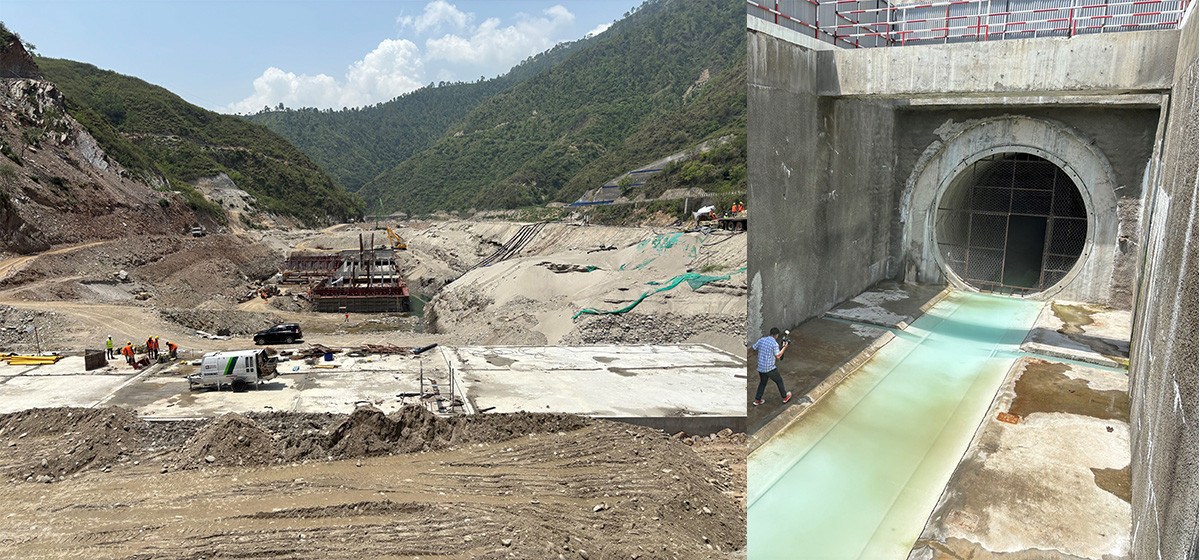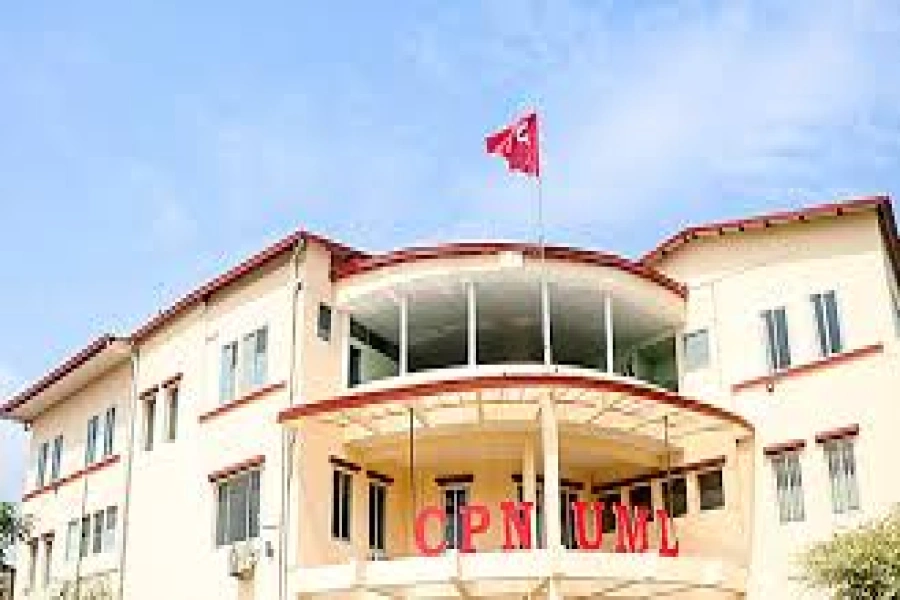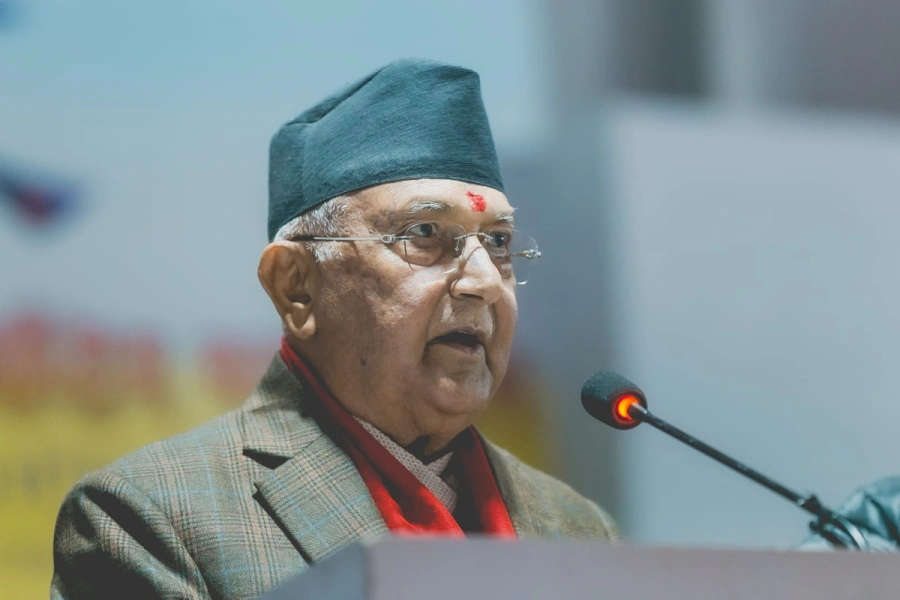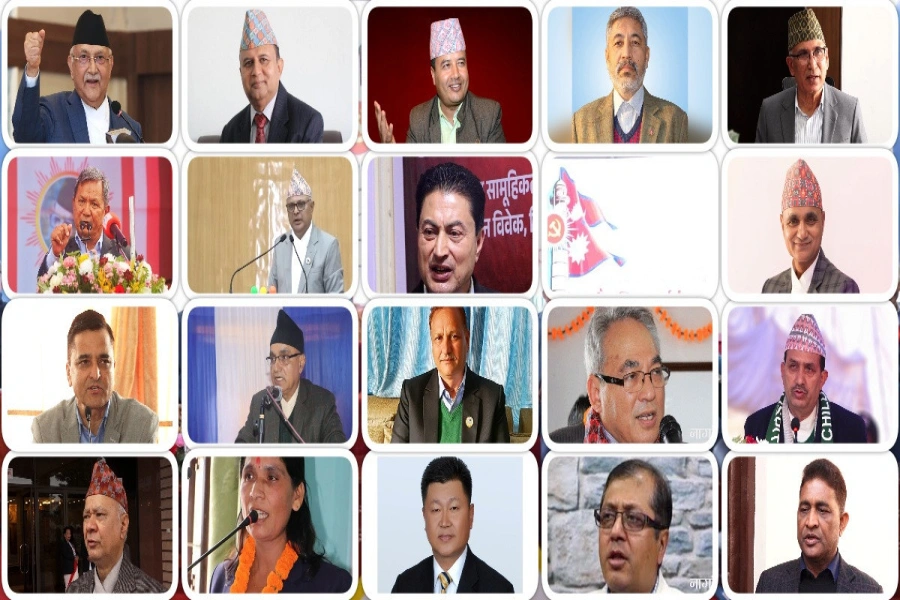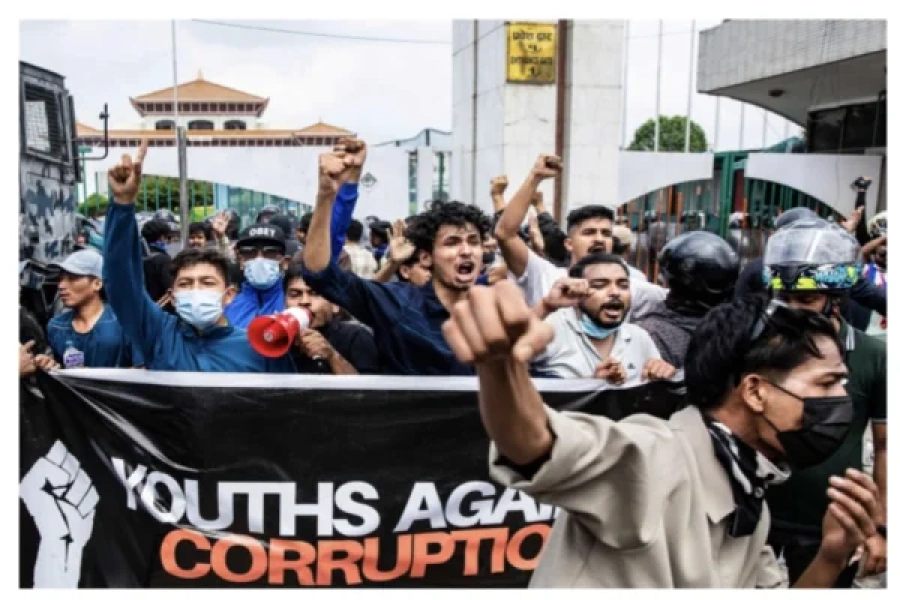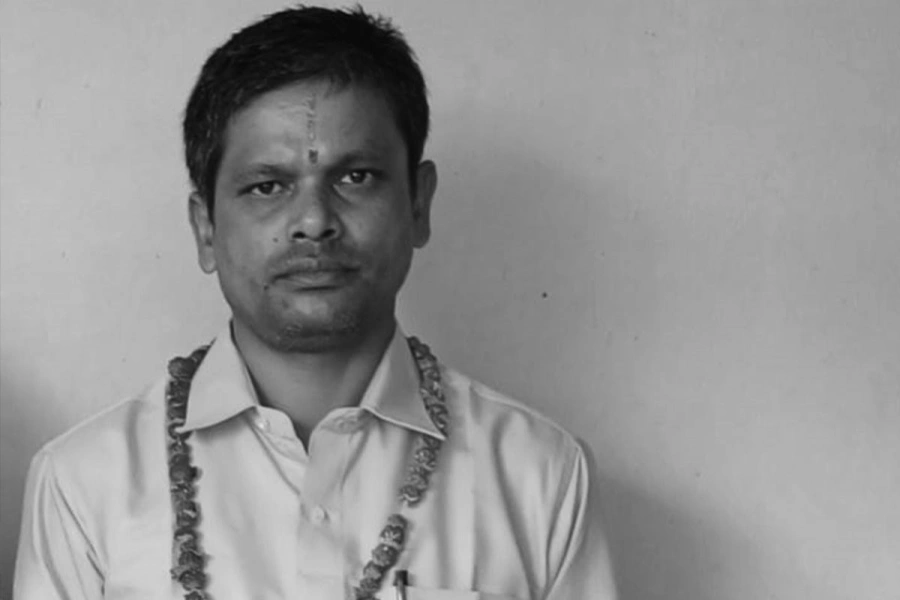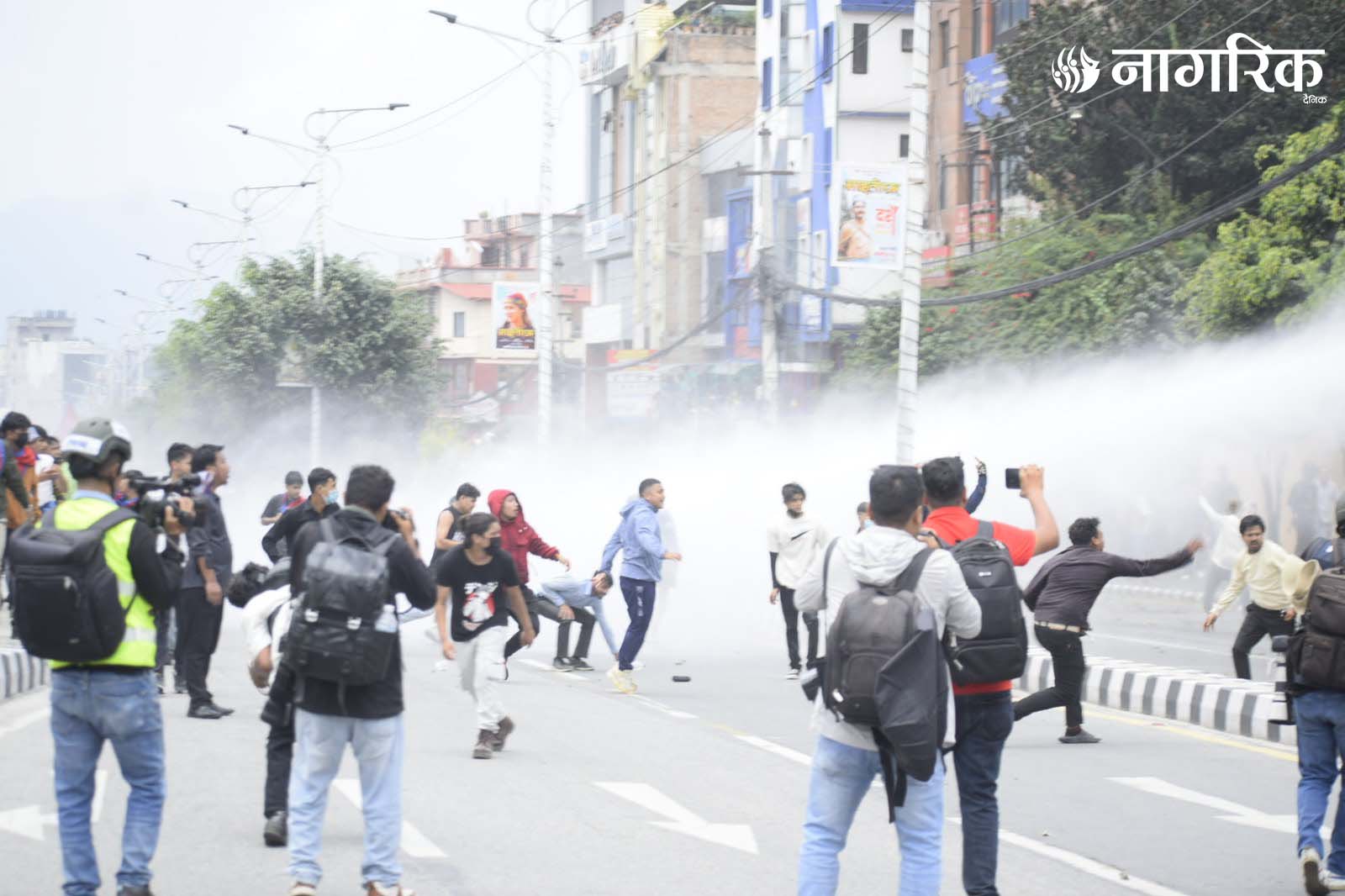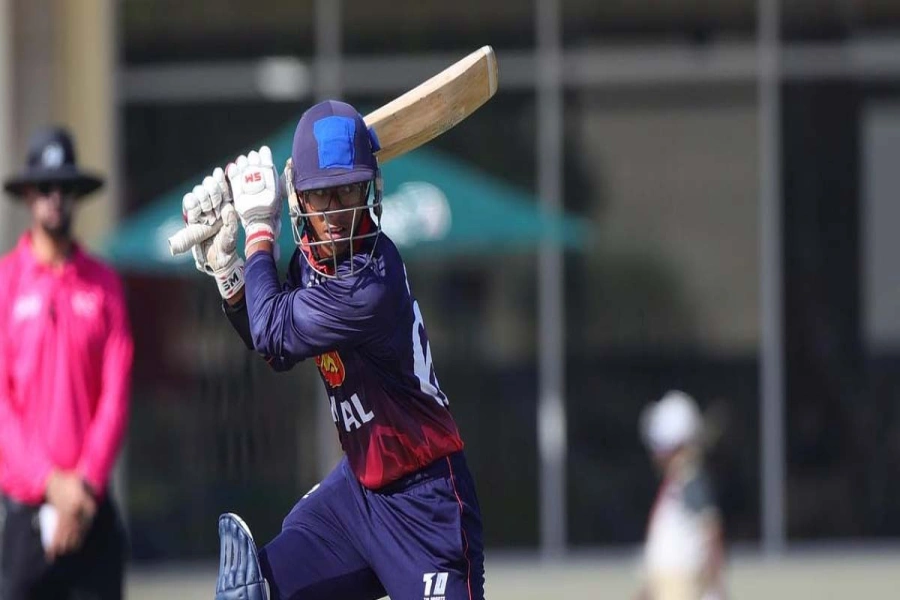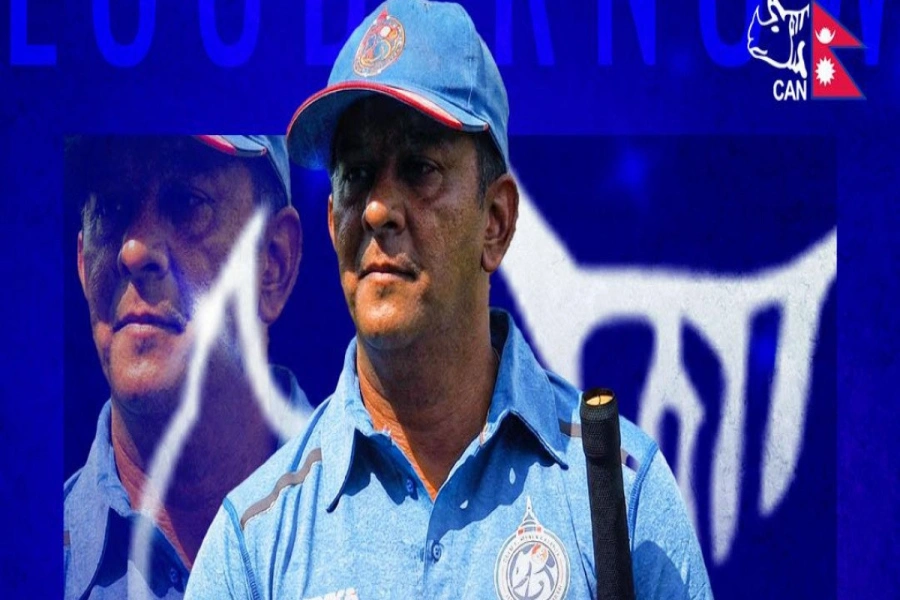KATHMANDU, May 30: The government has set a target of generating an additional 942 megawatts of hydropower in the upcoming Fiscal Year (FY) as part of its broader goal to produce around 28,500 megawatts by 2035.
Finance Minister Bishnu Paudel, while unveiling the new budget, announced plans to increase the country’s total installed capacity to 4,800 megawatts. Minister for Energy, Water Resources and Irrigation Deepak Khadka stated that the budget also includes the construction of 732 kilometers of double-circuit national transmission lines.
For FY 2025/26, the government has allocated Rs 86.01 billion to the Ministry of Energy, Water Resources, and Irrigation. The key priorities include energy self-reliance, expansion of irrigation infrastructure, hydropower export, and promotion of alternative energy.
Aiming to achieve significant progress in the irrigation sector as well, the government has planned to provide irrigation facilities to 14,000 hectares of land. Additionally, 63 kilometers of embankments will be constructed, and 270 hectares of land will be protected from river erosion.
To ensure energy security, the government will finalize investment modalities and move forward with the construction process of major reservoir-based hydropower projects such as Dudhkoshi (670 MW), Lower Seti, Budhigandaki, Upper Arun, Tamor, and Keemathnka Arun. Construction work on projects like Tamakoshi-5, Chainpur Seti, and Jagdulla will also be expedited.
Damage to irrigation amounts to Rs 2.42 billion

To guarantee electricity export, diplomatic efforts will be made with neighboring countries, and cross-border transmission line projects — including the New Butwal–Gorakhpur, Inaruwa–Purnia, and Chamelia–Jauljibi lines — will be advanced.
The budget emphasizes organizing the hydropower production, transmission, and distribution systems, diversifying electricity generation to ensure energy security, and giving high priority to the construction of large reservoir-based projects. It also encourages private sector investment in hydropower surveying, production, transmission, and distribution.
For industrial and residential consumers, different tariffs will be set based on demand and consumption times. The budget aims to ensure a reliable electricity supply to increase domestic energy consumption and plans to complete the remaining rural electrification work within the next two years.
Similarly, to ensure electricity exports based on increased energy production, diplomatic efforts will be made with neighboring and other potential countries. Nepal’s presence in the regional electricity market will be strengthened. In collaboration with universities and the private sector, feasibility studies on green hydrogen will be conducted. The budget also includes a policy to attract both domestic and foreign private investment for green hydrogen production.
For solar and wind energy, if stored in batteries and integrated into the national grid, arrangements will be made to enter into power purchase agreements similar to those for reservoir-based projects. The government announced the completion of land acquisition for the 670-megawatt reservoir-based Dudhkoshi hydropower project, with construction work set to begin.
Furthermore, the government declared that the fully studied Lower Seti project in Tanahun will be constructed with public investment, while the Budhigandaki project will be built through a public-private partnership, with the government’s investment converted into shares. Investment modalities will be finalized and construction initiated for projects such as Upper Arun, Keemathanka Arun, Nalgad, Phukot Karnali, Uttar Ganga, Tamor, Mugu Karnali, and Sunkoshi-3.
Similarly, the construction work of the Tamakoshi-5 project will be accelerated, and the budget states that construction will begin within the upcoming FY for the Chainpur Seti and Jagdulla hydropower projects, each with a capacity of 210 megawatts. The detailed engineering design for the Karnali Chisapani multipurpose project has been completed, and the investment framework will be finalized.
The construction of national and cross-border transmission lines with capacities of 400 kV and 220 kV will be advanced, including Khimti–Bhairahawa–Lapsiphedi, New Butwal–Gorakhpur, Dodhara–Bareli 400 kV, and Chilime–Kerung 220 kV lines. Studies for the Inaruwa–Purnia 400 kV and Chamelia–Jauljibi 220 kV transmission lines have been completed, and construction will begin.
To ensure regular electricity supply in Karnali Province, the construction of the Kohalpur–Surkhet–Jumla 132 kV transmission line is targeted to be completed within two years.
Based on the potential for energy exports, additional cross-border transmission lines will be constructed. A budget allocation of Rs 13.18 billion has been made for the expansion of transmission lines and distribution projects. The budget includes provisions to ensure continuous, adequate, and reliable electricity supply to industrial areas and other places with high electricity demand. It also offers additional tariff discounts to productive industries that consume more than a specified number of units during periods of low electricity demand.


